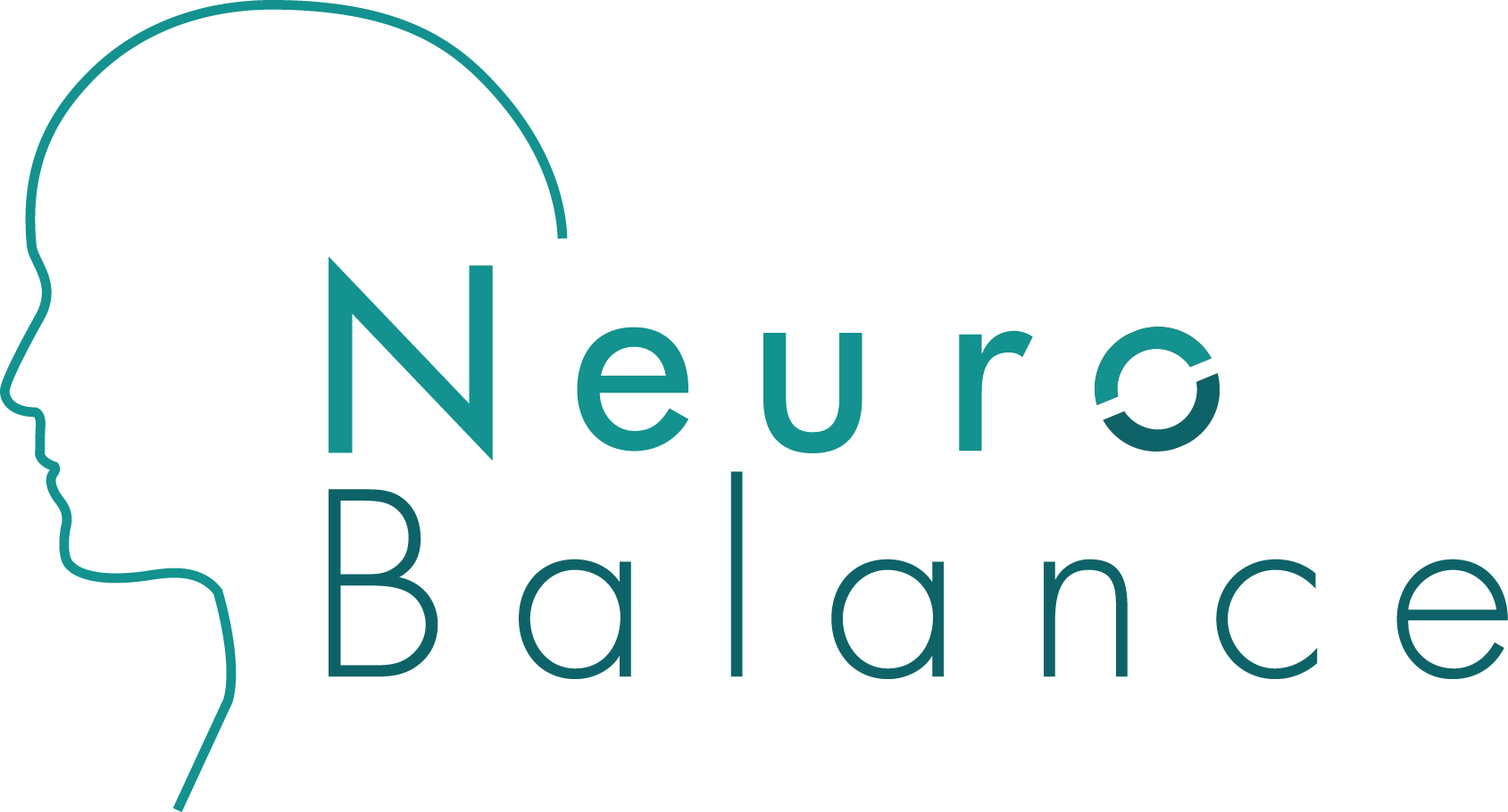Understanding Bipolar Disease: Symptoms, Prevalence, and Treatment
Bipolar disorder, often referred to as manic-depressive illness, is a mental health condition marked by extreme mood swings. These mood swings include emotional highs (mania or hypomania) and lows (depression). Understanding bipolar disorder is crucial for early identification and effective management.
What is Bipolar Disorder?
Bipolar disorder is characterized by dramatic shifts in mood, energy, and activity levels that affect a person's ability to carry out day-to-day tasks. During manic episodes, individuals may feel euphoric, full of energy, or unusually irritable. In contrast, depressive episodes can bring about intense feelings of sadness, hopelessness, and a lack of interest in activities once enjoyed.
Types of Bipolar Disorder
There are several types of bipolar disorder:
Bipolar I Disorder: Characterized by manic episodes that last at least seven days or by manic symptoms that are so severe that immediate hospital care is needed. Depressive episodes occur as well, typically lasting at least two weeks.
Bipolar II Disorder: Defined by a pattern of depressive episodes and hypomanic episodes, which are less severe than full-blown manic episodes.
Cyclothymic Disorder: Periods of hypomanic symptoms as well as periods of depressive symptoms lasting for at least two years (one year in children and adolescents), but the symptoms do not meet the diagnostic requirements for a hypomanic episode and a depressive episode.
Symptoms of Bipolar Disorder
Manic Episode Symptoms:
Feeling unusually “up,” “high,” or elated
Increased activity, energy, or agitation
Excessive euphoria and self-confidence
Decreased need for sleep
Rapid speech and racing thoughts
Depressive Episode Symptoms:
Feeling very sad, down, empty, or hopeless
Decreased energy and activity levels
Difficulty sleeping—either sleeping too much or having trouble falling asleep
Trouble concentrating or making decisions
Thoughts of death or suicide
How Common is Bipolar Disorder?
In the United States, bipolar disorder affects approximately 2.8% of adults in any given year. The lifetime prevalence of bipolar disorder is estimated to be 4.4%. The median age of onset is 25 years, though it can occur earlier or later in life. It's important to note that bipolar disorder affects men and women equally.
Diagnosing Bipolar Disorder
Diagnosis typically involves a physical exam and psychiatric assessment to rule out other conditions. A mental health professional may ask about your symptoms, family history, and any patterns in mood changes. Accurate diagnosis is essential, especially for young people, as early intervention can make a significant difference.
Regions of the Brain Affected
Bipolar disorder affects several regions of the brain, leading to the behavioral changes observed in individuals with the condition. Key areas impacted include:
Prefrontal Cortex: Responsible for complex cognitive behavior, personality expression, and moderating social behavior. Dysfunctions in this region can lead to impaired decision-making and emotional regulation.
Amygdala: Plays a crucial role in processing emotions. Abnormalities here can cause exaggerated emotional responses and difficulty managing mood swings.
Hippocampus: Involved in memory formation and spatial navigation. Changes in the hippocampus can affect the ability to form new memories and recall existing ones, contributing to the cognitive symptoms seen in bipolar disorder.
Alterations in these brain regions disrupt normal neural circuits, affecting mood regulation, impulse control, and cognitive function, thereby manifesting in the characteristic mood swings and behavioral changes of bipolar disorder (NIMH) (NAMI).
Treatment Options
Bipolar disorder is a lifelong condition, but it can be managed with a combination of treatments:
Medications: Mood stabilizers, antipsychotic medications, and sometimes antidepressants can help control symptoms.
Psychotherapy: Cognitive-behavioral therapy (CBT) and family-focused therapy can be effective in managing symptoms and improving communication and relationships.
Lifestyle Changes: Regular exercise, a healthy diet, and a consistent sleep schedule can help stabilize mood swings.
Education and Support: Learning about the disorder and joining support groups can provide valuable insights and emotional support.
LENS neurofeedback: Is a type of EEG biofeedback therapy that can help lessen the extremes of bipolar disorder by assisting the body to change the behaviors associated with the condition through resetting the nervous system to more optimal levels.
Supporting Someone with Bipolar Disorder
If you know someone with bipolar disorder, offering support and understanding is crucial. Encourage them to seek professional help, stick to their treatment plan, and maintain healthy lifestyle habits. Be patient and educate yourself about the condition to better understand what they are going through.
Future Outlook for Bipolar Disorder Treatment
Research is ongoing to better understand the genetic and environmental factors that contribute to bipolar disorder. Advances in brain imaging and genetics may lead to more precise treatments. The goal is to develop personalized treatment plans that can more effectively manage and eventually prevent episodes of mania and depression.
Bipolar disorder is a challenging condition, but with the right treatment and support, individuals can lead fulfilling and productive lives. If you suspect that you or someone you know may have bipolar disorder, seeking help from a mental health professional is the first step toward managing the condition effectively.
For more detailed information, you can visit resources such as the National Institute of Mental Health (NIMH), the Depression and Bipolar Support Alliance (DBSA), and NAMI (NIMH) (Depression and Bipolar Support Alliance) (NIMH) (NAMI).
-A Balanced Brain is a Better Brain for a Happier Life-
